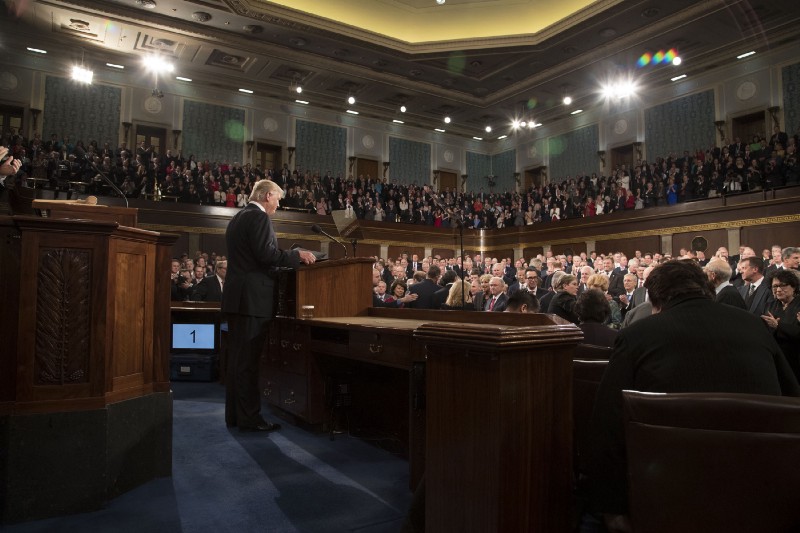The US Capitol Police announced yesterday they will publish their weekly arrest summaries online each Wednesday that they had previously had distributed via email to the press. This practice will start on January 2, 2019. The summaries will include “the Capitol File Number (CFN); crime classification with any additional charges; offense date and time, and crime summary. ”
The USCP did not give a reason for the change in their blogpost, but we had made multiple (unsuccessful) requests for information from the Capitol Police and had organized a civil society letter on this topic, and it also seemed likely that incoming House Democrats may push them to take this step. Continue reading “Capitol Police to Publish Some Arrest Information”

